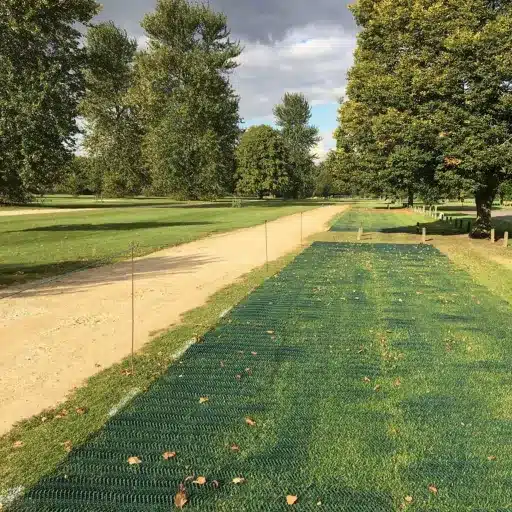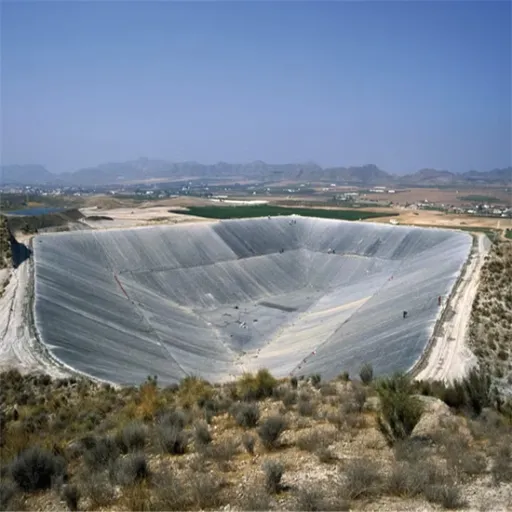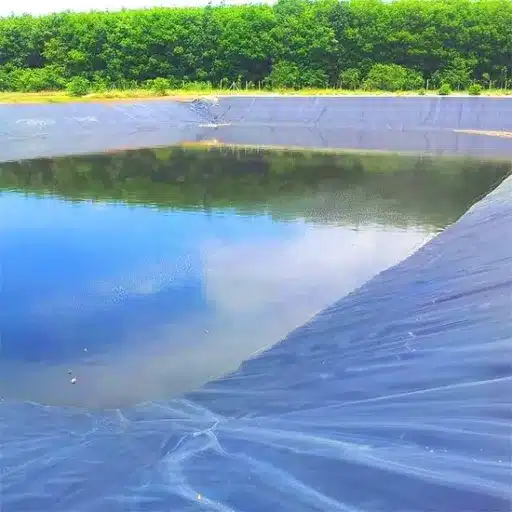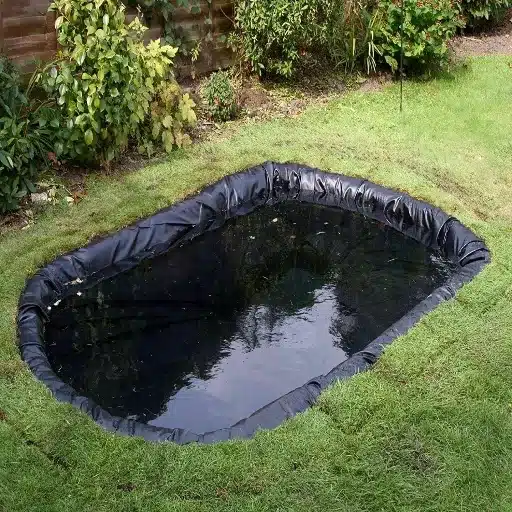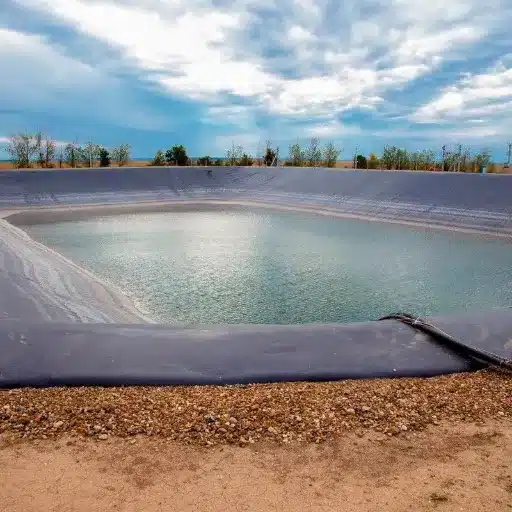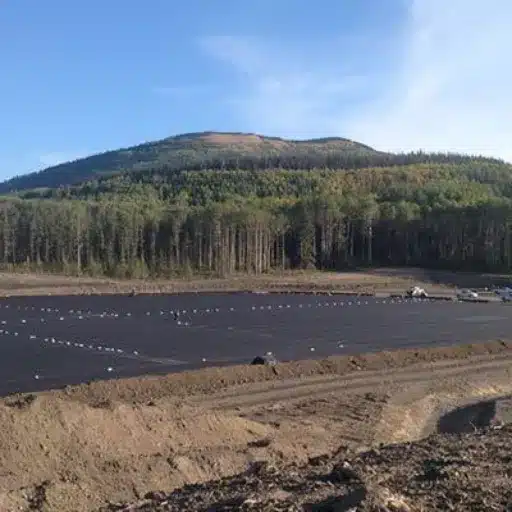With the evolution of parking solutions, traditional paved lots merely ceased to be the sole option. Permeable grass parking has come into being as a sustainable and aesthetically pleasing alternative that balances utility with environmental responsibility. This smart-and-low-assertive design creates those sturdier parking spaces while encouraging water drainage, heat reduction, and natural integration. Here, we will discuss the benefits, design aspects, and practical application of the permeable grass parking to impart the entire knowledge of this eco-friendly solution. So, gear yourself to find how the parking spaces can serve both you and the environment.
A Comprehensive Overview of Grass Parking Solutions
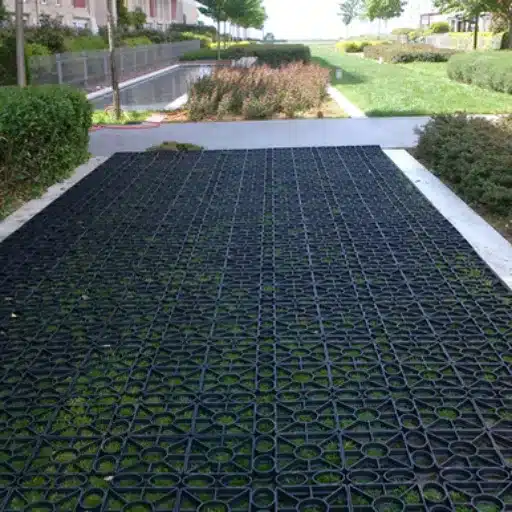
Grass parking solutions provide an environmentally friendly alternative to traditional paving. Also accepted are the views of driving up aesthetics and the generic needs of functionability when different structures like the grass paver vary in their balance of weight cast upon them while allowing natural grass to grow in between. And many of these systems work to help in drainage, reduce heat, and make an apt vehicle in landscape, which makes them an efficient and environmentally viable method of parking space.
Reinforcing the Need for Grass Parking
Grass parking, also known as permeable or ecological parking, is gaining relevance in urban planning and sustainability efforts. Yet another key benefit is enhanced stormwater management. According to the EPA, the impermeable surfaces of blacktops and concretes may cause 55% of urban runoff, thus causing flooding, contaminating water, or creating additional pressure on sewage systems. On the contrary, permeable grass parking permits rainwater to enter the soil naturally, thus reducing runoff by up to 80% and thereby recharge groundwater.
- Heat Reduction: Ordinary parking lots tend to absorb and retain heat from the sun and thus cause the heat in the neighborhood to rise considerably. But those grass parking areas, as studied by NREL, have a surface temperature of 10-15°F lower than those with asphalt, thereby providing a better and comfortable atmosphere.
- Aesthetic Appeal: Grass parking adds to the aesthetic appeal of spaces. It creates an awesome landscape by mixing green areas with places meant for parking, thus contributing to better air quality and biodiversity.
- Advanced Materials: Modern grass parking solutions use advanced materials of different types, including grass reinforcement grids. These allow the parking areas to be durable and distribute the weight of vehicles to the reinforcement system, helping preserve the grass root system.
Most Common Problems with Parking on Grass
Despite all the advantages, parking-on-grass has its own disadvantages. One of the most common problems is soil compaction through the weight of vehicles. After some time, repeated parking compresses the soil to impermeability, thus allowing grass to expel from growth. Studies indicate that compacted soil cuts down infiltration rates by 70%, thereby raising surface water runoff and becoming cause for flooding in heavy rainfall areas.
- Grass Durability: Another concern is the grass’s ability to stay in good shape during long periods of vehicular use or adverse weather conditions. Wet conditions experienced frequently could pave the way for reducing the grass land, rendering the area muddy and exposed. And according to studies, grass areas endure longer recovery times when subject to high traffic volumes, especially when maintenance is not properly implemented.
- Seasonal Impact: Seasonal flows do not bake well for grass parking. Due to frost and snow, winter entails major grass damage, particularly in regions where grass is dormant. The application of salts or some deicing agents may lead to further harm to the vegetation, thus degrading the soil.
Innovative Solutions for Grass Parking
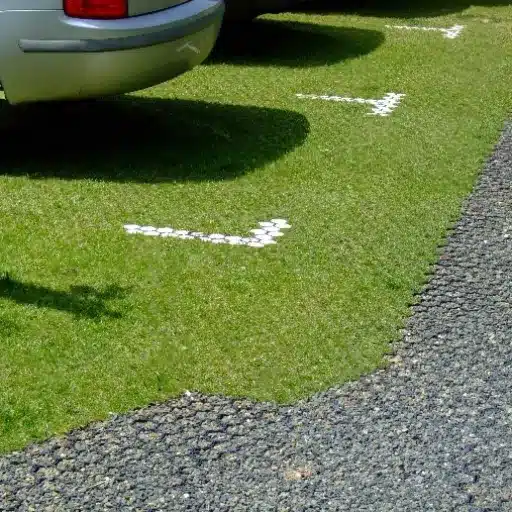
Different Reinforced Grass Potential
Reinforced grass options work well now more than ever as sustainable and durable solutions for parking areas and vehicular access. These systems combine the natural look of grass with advanced support technology to resist vehicular stress while delivering environmental benefits.
Grass Paver Systems
Grass pavers, also called turf reinforcement grids, are rigid or flexible grids, usually made from recycled plastic or concrete. They are placed over a prepared sub-base and filled with soil for grass to grow through the openings. Studies show that good-quality grass pavers may resist loads of up to approximately 100 tons per square meter, thus being particularly suitable for high-traffic areas.
Permeable Grass Paving
This permeable grass paving system puts drainage before reinforcement. Normally these sealed surfaces lead to runoff and ponding of water right after downpour. The permeable grass systems allow water to percolate through being reduced by runoff. EPA data estimates that these systems can reduce stormwater runoff by up to 40-50%, thus minimizing flood risks and aiding in groundwater recharge.
Hybrid Grass Solutions
The newer reinforced grass options use hybrid grass systems that blend synthetic fibers with natural grass. They enhance the durability while maintaining the look and feel of natural grass. The systems are used in sports fields and very high-traffic parks, but they can be equally useful for parking to withstand wear and tear.
Benefits of Grass Parking Mats
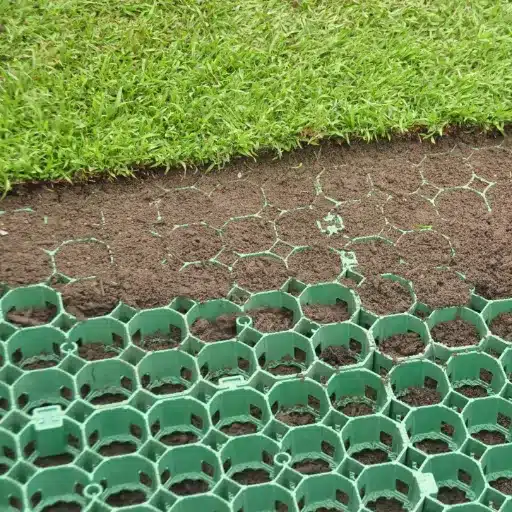
Grass parking mats have come up as a revolutionary solution for the creation of sustainable and environmentally friendly parking spaces. Made of tough materials such as polyethylene or polypropylene, these mats provide reinforcement to the grassed areas while creating a hard surface for the passage of vehicles. By protecting the soil and root systems beneath, grass parking mats allow natural grass growth through their perforated design, an excellent amalgamation of functionality and aesthetics.
Weight Loading Capabilities
One of the most important functions that grass parking mats serve is weight loading. Contemporary grass reinforcement mats can bear weights of up to 100 tons per square meter and can be used for other applications such as driveway development and car parking. These mats and parks act against soil compaction, which is a major concern with traditional asphalt or concrete parking. By maintaining soil permeability, grass parking mats reduce runoff and promote rainwater absorption, an effective solution to urban flooding.
Environmental Performance Data
According to recent studies, permeable surfaces such as grass parking mats can reduce stormwater runoff by almost 90%, although dependent on soil conditions and rainfall intensity. This is not only helpful for water conservation but also reduces the pressure on municipal drainage systems. On the other hand, grass parking mats also aid in improving air quality, given that the grass catches pollutants and absorbs CO2 from the air.
How Does Grass Parking Support Lawn Health?
A grass parking system plays an interesting role by nourishing lawns as it tries to balance functionality with environmental considerations. These systems help grasses survive in places that are normally exposed to heavy use since they provide the necessary protection to the soil and grant it the freedom to develop roots effectively. Recent research shows that the pores present in grass parking mats improve water infiltration, thereby preventing lawns from drying out and reducing soil compaction, which in turn is one of the leading causes of thickening of the grass.
| Benefit | Improvement Percentage | Impact |
|---|---|---|
| Soil Aeration | Up to 40% | Strong and resilient root systems |
| Heat Island Reduction | 25% | Healthy micro-ecosystem maintenance |
| Stormwater Runoff Reduction | 70-90% | Groundwater recharge and contamination cleaning |
Moreover, the grid systems applied in grass parking may further prevent soil erosion while promoting the even distribution of nutrients to sustain lush and thriving lawns even in heavily trafficked areas. Additionally, these systems help maintain cooler ground temperatures, reducing heat island effects by 25% in urban environments, thus favoring a healthy micro-ecosystem.
Drain Runoff Mitigation by Permeable Systems
Permeable solutions including grass parking systems and permeable pavement are key in reducing surface water runoff and thus in reducing flooding risks both within urban environments and in rural areas. Whereas impervious surfaces of the traditional sort (asphalt or concrete) disallow water into the ground and create situations of excess runoff during heavy rains, this runoff, laden with pollutants such as oil, heavy metals, and chemicals, keeps pouring into water bodies and poses a threat to aquatic ecosystems.
The permeable systems allow the water to permeate into the soil naturally and in time replenish water reserves and clean the contaminants. Recent studies state that these systems reduce stormwater runoff by up to 70-90%. Additionally, they reduce peak flow rates that could otherwise weigh down on municipal drainage infrastructure, thereby threatening urban flooding situations.
Best Practices for Grass Parking
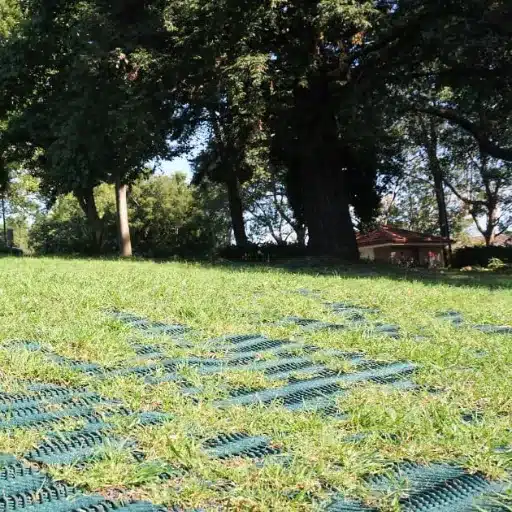
A good solution for functionality and environmental sustainability is to install grass parking systems, otherwise called permeable pavers or driveway grids. They lessen stormwater runoff; reduce heat island effects; and allow groundwater recharge. To keep grass parking areas in good shape for a longer period, are several factors that must be considered:
Implementation Guidelines
1. Choose the Right Grass Type
Grass species suitable for your area and climate should be selected. Go for hardy, drought-tolerant grasses such as Bermuda grass, Zoysia grass, or Perennial ryegrass that can endure heavy foot traffic or vehicular traffic.
2. Soil Preparation
Proper drainage and aeration must be provided in the soil. It should be rich in nutrients that support healthy grass growth. Adding compost or organic matter will only enrich the soil.
3. Use Reinforcement Grids
Use quality reinforcement grids or porous pavers to strengthen the grass and avoid soil compaction. Modern grids are now made from durable materials such as recycled plastic, capable of bearing vehicle loads with no adverse effect on the grass.
4. Fertilize Strategically
Fertilize the grass parking area during the growing season so the grasses will stay green and lush. Choose an organic fertilizer or a slow-release type to lessen the chances of nutrient runoff.
Prevent Ruts through Regular Maintenance
In a bid to preserve the function and aesthetic appeal of grass parking systems, regular maintenance is necessary especially to forestall ruts caused by constant vehicle use. For once, ruts will disfigure the look of parking area; secondly, some ruts might affect its functioning by disturbing drainage and water absorption capacities.
Maintenance Strategy
One must frequently monitor on the surface level to identify any uneven wear or high-traffic pattern randomly. Leveling, reseeding of affected spots, and watering will aid in restoring some of the damage to grass. Also, imposing weight restrictions on vehicles using the parking surface will discourage compaction, which is one of the primary reasons causing ruts.
Research underscores that selecting a mixture of tough grass species that are specially chosen for their high wear tolerance, like Kentucky bluegrass or Bermuda grass, will help to diminish weathering. A recent industry study has shown that reinforced areas with the tough grass varieties showed 35-50% less rut formation than those planted with conventional turfgrass.
Choosing the Right Location for Grass Parking
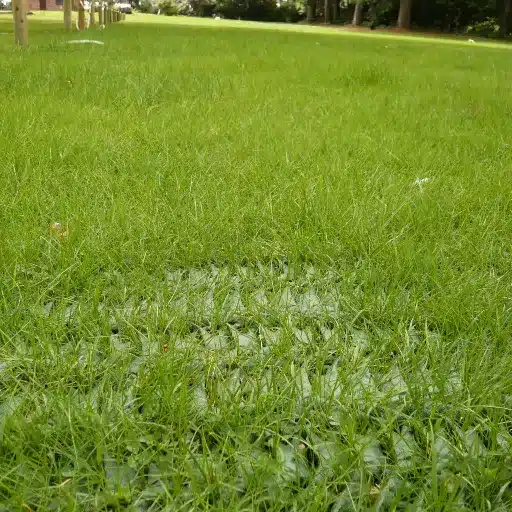
The selection of an appropriate location for grass parking is a key factor in ensuring its long-term sustainability and functionality. Several variables should be factored in to ensure maximum durability, environmental benefit, and economy.
Soil Type and Drainage
In such grass installations, the ideal terrains for location shall have an excellent capacity to drain water. Practically, it is a combination of loam and sand, whereby water percolates appropriately and does not remain on the surface to form puddles that might eventually harm the grass. Soils with permeability that range anywhere between 1 to 3 inches per hour according to the US Department of Agriculture are deemed feasible. In case of clay soil, an installation should never be undertaken unless prevented by further good drainage measures such as the addition of French drains or an engineered sub-base layer.
Climate Considerations
Climate conditions play a crucial role in determining whether grass can survive or not. Warm-season grasses such as Bermuda or Zoysia prefer climates with plenty of sunshine and heat, while cool-season varieties such as Kentucky Bluegrass require climates with low temperature. For example, the University of California found that perennial ryegrass can withstand heavy foot traffic and moderate drought, making it a good choice for temperate climates.
Reference Sources
-
Beauxfort Blog:
- Focus: Sustainable car parking systems for commercial attractions, emphasizing the environmental and aesthetic benefits of grass parking solutions.
- Key Insights: Discusses the use of Grassrings, a permeable grass grid system, to maintain green spaces while supporting vehicular traffic.
- Source: Beauxfort Sustainable Car Parking Systems
-
TRUEGRID Paver:
- Focus: Grass parking mats and alternative solutions for stabilizing grassy areas for parking.
- Key Insights: Highlights the pros and cons of grass mats and introduces TRUEGRID ROOT pavers as a durable, eco-friendly alternative.
- Source: Understanding Grass Parking Mats
-
PrimaMat Blog:
- Focus: Grass parking solutions for high-traffic areas, events, and construction sites.
- Key Insights: Explores the benefits of PrimaMat’s grass parking mats, including durability, eco-friendliness, and ease of installation.
- Source: The Best Grass Parking Solutions
Frequently Asked Questions (FAQs)
Common Questions About Grass Parking
What are the best grass parking methods for high traffic?
Best grass parking methods for high traffic involve generally porous paving materials such as mesh grid interlocking pavers. This enables water to drain well without causing waterlogging or erosion on a surface that presents to view as considered being a natural grass one. When installed correctly, such systems can bear vehicular weight without detriment to the grass surface.
How does gravel compare with a grass site for car parking?
Gravel is generally seen as the more practical option compared with grass for car parking due to the durability and low maintenance involved in its upkeep. Whereas mobile grass might have a better aesthetic appeal and maintain soil erosion. The choice between gravel and grass parking largely remains dependent on the particular need of the area, including traffic and environmental considerations.
What is the purpose of mesh in grass parking solutions?
This mesh is important in grass parking because it provides structural support to the grass while letting the water through. This prevents car tires from sinking into the ground and damaging the grass areas. From the point of grass parking made more durable by dispersing vehicle weight so that damage to grass surfaces is minimized, mesh systems play an important role.
What are the advantages and disadvantages of plastic grass for parking?
There are many pros and cons to using plastic grass, or artificial turf, for parking. On the positive side, it offers fairly uniform aesthetics and requires virtually no maintenance, unlike its natural counterpart. On the flip side, it may cut down the environmental benefits some parking lots can offer through natural drainage and habitat for wildlife. One has got to assess what exactly the parking area requires to decide whether plastic grass serves as the best option.
What are some installation tips for grass protection during driving and parking?
First of all, for protecting grass during driving and parking, an easy-to-install system supporting vehicle weight should be chosen. Interlocking pavers or mesh grids also help to distribute the load. Another recommendation includes good ground preparation: grading and drainage solutions, which will help to make the grass surfaces last longer.
Ready to Transform Your Parking Space?
Discover how permeable grass parking can revolutionize your property while supporting environmental sustainability.

